
In a world increasingly obsessed with categorization, labels, and aesthetics curated down to the pixel, there’s something refreshingly rebellious about a person who defies either/or definitions. Meet the modern woman who doesn’t subscribe to a single aesthetic doctrine. She loves white walls but collects eccentric teapots. She wears a crisp black suit one day and a clashing mix of florals and neon the next. She is a minimalist and a maximalist—and she’s not confused. She’s just not interested in choosing sides.

This hybrid identity reflects something bigger than fashion or interior design. It represents a growing trend of women who embrace duality as a form of empowerment. In a culture that’s constantly nudging us toward extremes—either simplicity or abundance, efficiency or indulgence—there’s a quiet revolution happening in the in-between. And it’s stunning, eclectic, and unapologetically personal.
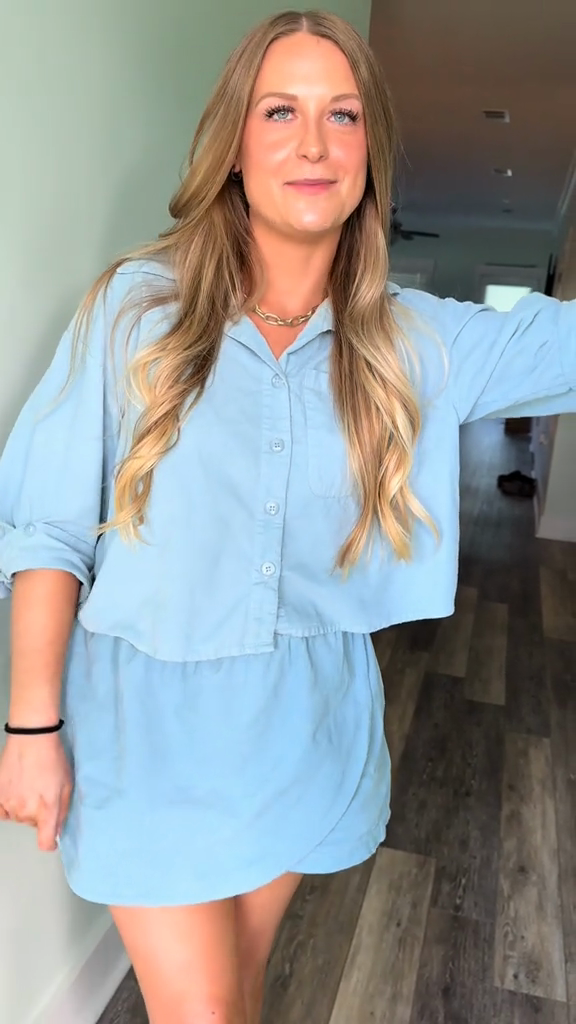
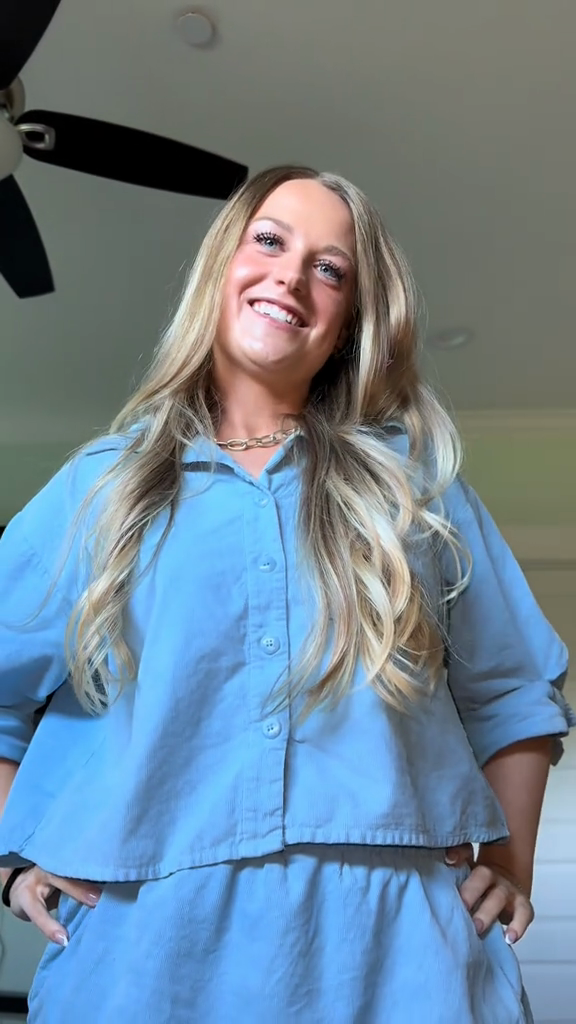
The False Binary of Aesthetics
Minimalism and maximalism have long been presented as opposing ends of a spectrum. Minimalism, rooted in ideas of restraint and clarity, champions “less is more.” It’s clean lines, muted tones, decluttered rooms, and timeless silhouettes. Maximalism, by contrast, thrives on excess—layers, textures, bold patterns, saturated color, and objects brimming with story.
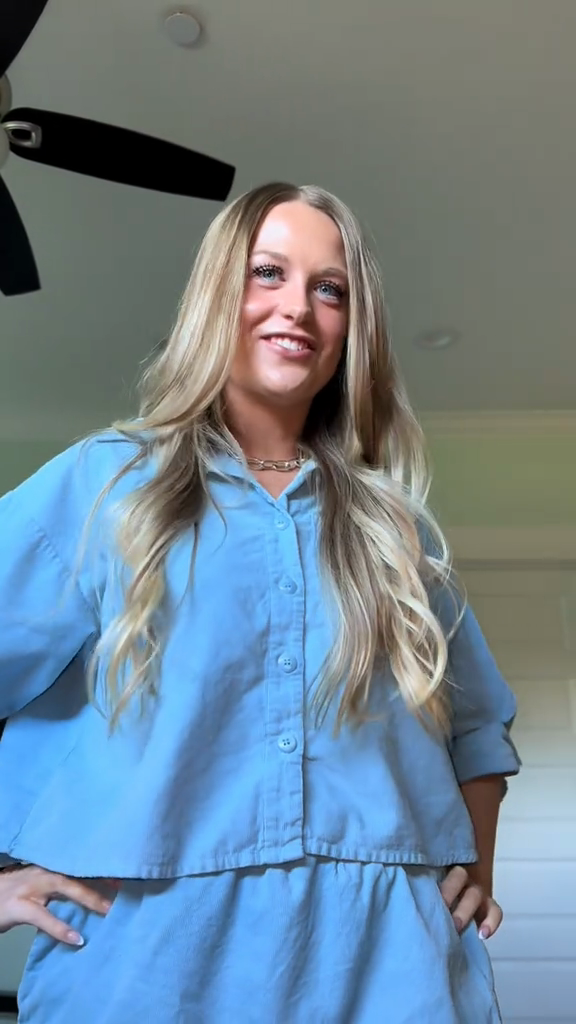
The minimalist might curate her wardrobe to include only the essentials, each piece precisely chosen and high in quality. The maximalist might joyfully hoard costume jewelry and vintage brocade jackets, switching looks with the mood of the day. For years, these archetypes have been used as visual shorthand for entire identities.
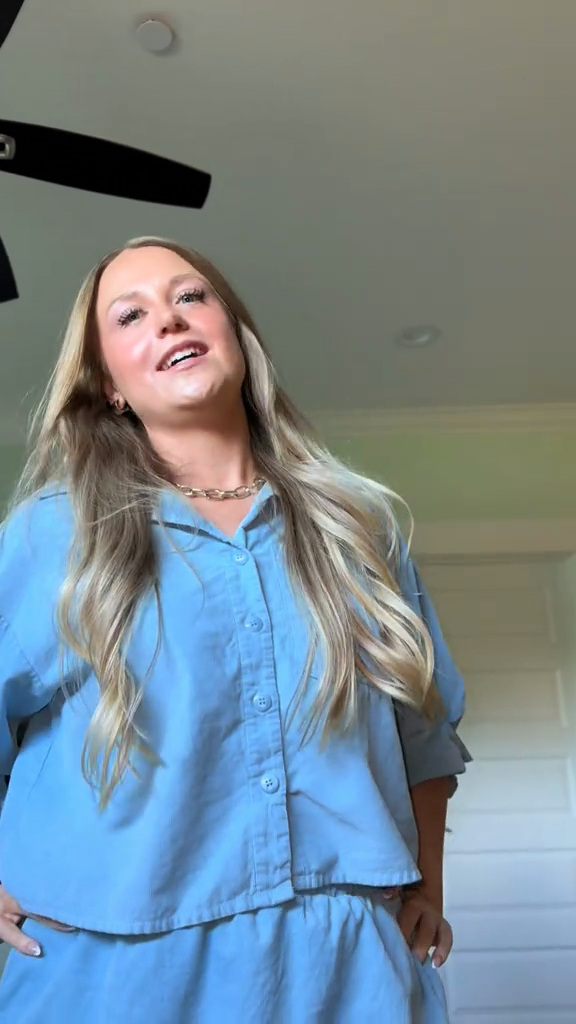
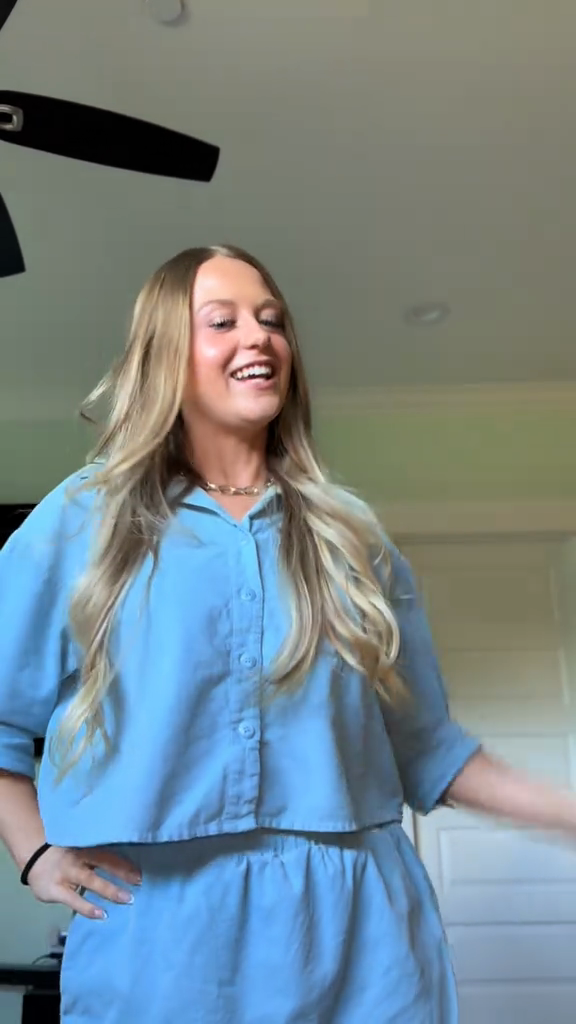
But what if you find beauty in both? What if you want to walk into a serene, sun-drenched kitchen in the morning and retire to a velvet-draped reading nook surrounded by stacks of books and candle holders shaped like wild animals? What if you don’t want to have to choose?
Women today are increasingly rejecting these neat boxes. In fashion, interiors, even lifestyle choices, they are blending these aesthetics with a confidence that suggests: I am not your algorithm. I contain multitudes.
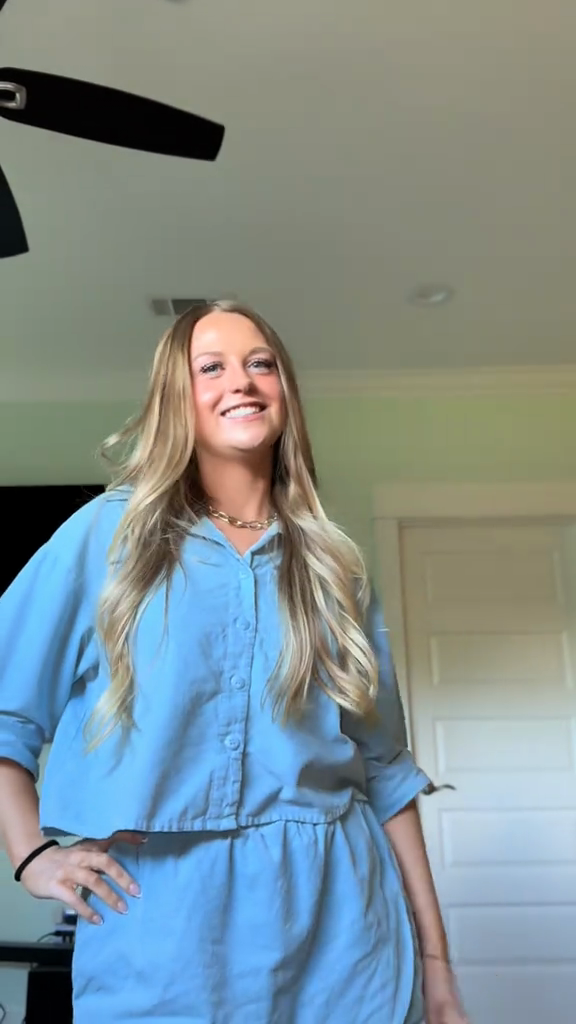
The Rise of Intentional Duality
Instagram once made aesthetic consistency the gold standard. Influencers were rewarded for tightly themed feeds—#minimalstyle or #maximalistdecor. But the tide has shifted. Feeds now toggle between stark, Scandinavian kitchen tours and vibrant, eclectic thrift hauls. TikTok stars wear a $900 The Row coat over a thrifted dress with cowboy boots. The hybrid identity is not just acceptable—it’s aspirational.
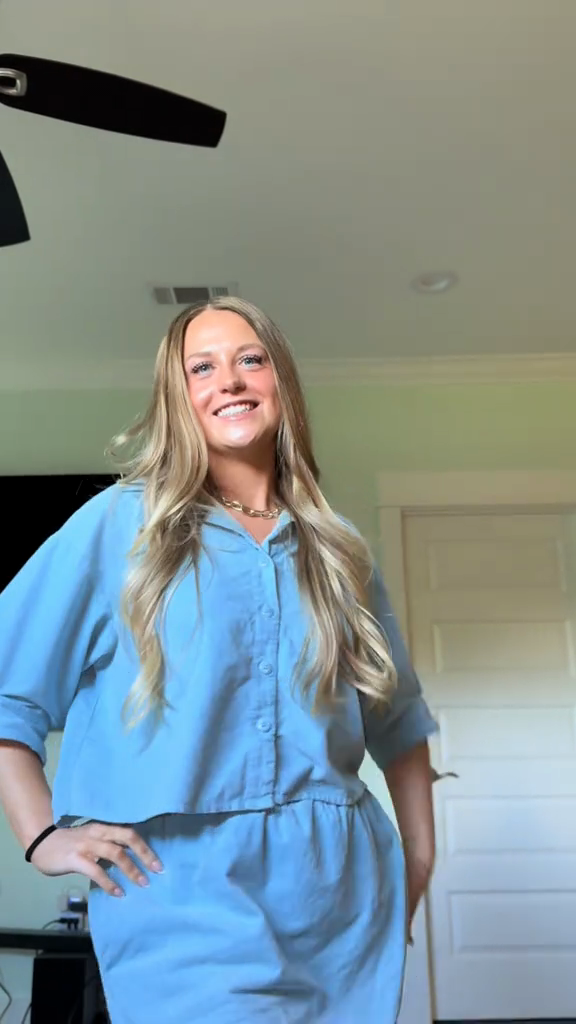
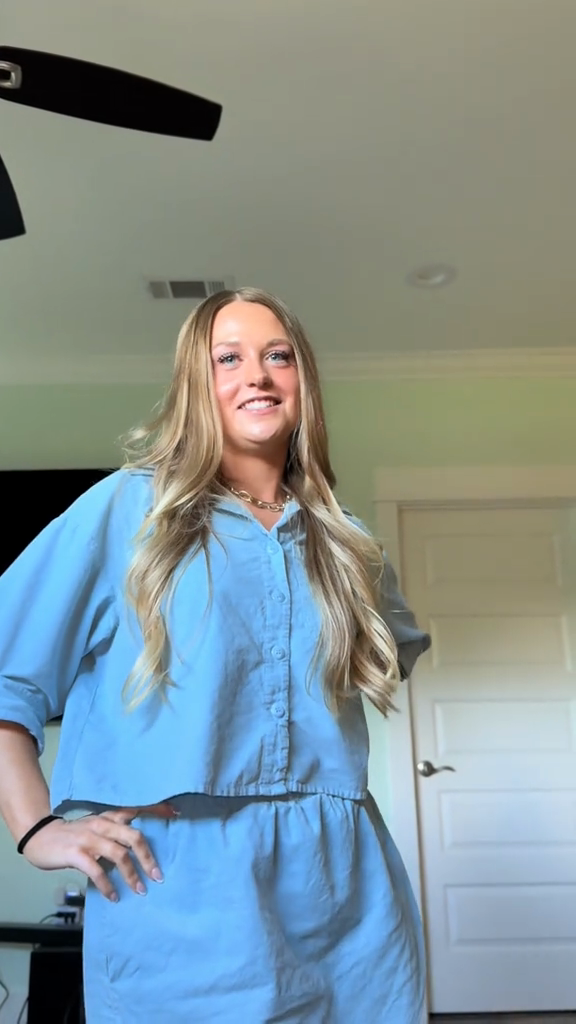
Designers, too, are blurring the lines. Take someone like Athena Calderone of Eyeswoon, who pairs minimalist architecture with antique, richly textured objects. Or consider fashion icons like Iris Apfel and Phoebe Philo—opposite in style, but both fiercely individual. Women are now comfortable saying: “Yes, I like both,” and meaning it.

This embrace of duality is also deeply intentional. It’s not a lack of commitment—it’s a commitment to self. The modern woman doesn’t decorate her home to fit into a trend cycle; she surrounds herself with what she loves. She doesn’t dress to fit a niche; she dresses to express her mood. Sometimes it’s tailored monochrome. Sometimes it’s head-to-toe sequins. Always, it’s her.

Why Both Can Coexist
The key to combining minimalism and maximalism isn’t compromise—it’s curation.
Think of a home where a neutral-toned room is suddenly made unforgettable by a single, wildly ornate vintage mirror. Or an outfit where the clean lines of a simple blouse are offset by a bold, sculptural necklace. The interplay between quiet and loud creates tension—and beauty.


This balance is not accidental. It takes a discerning eye and deep self-awareness. Minimalism provides space, grounding, and function. Maximalism provides texture, emotion, and story. Together, they form a rich visual and emotional language.
Interior designer Kelly Wearstler, known for her fearless use of color and form, often speaks about creating “visual pauses.” It’s in those pauses—those quiet moments—that the drama of maximalism becomes even more powerful. Conversely, the richness of layered design can elevate a simple space, making it feel more personal and alive.

When done well, the result is not chaos but harmony.
Emotional Aesthetics
There’s also an emotional side to this duality. Minimalism, for many women, is a form of clarity—a rebellion against consumerism, clutter, or emotional overwhelm. It offers control and serenity in a noisy world. On the other hand, maximalism is a celebration of abundance, culture, and lived experience. It’s storytelling, nostalgia, and play.



To swing between the two, or even blend them, is to acknowledge that human identity isn’t linear. Our tastes are shaped by mood, memory, and meaning. We are not static beings—we grow, change, and oscillate.
A woman might find peace in a minimal wardrobe during a stressful season, then turn to maximalist joy during moments of healing or celebration. Or she may always enjoy the balance—a quiet bedroom sanctuary juxtaposed against a vibrant living room where conversations and wine flow freely.

These aesthetic choices are not shallow—they reflect how we experience life.
Beyond Design: A Life Philosophy
This minimalist-maximalist fusion isn’t limited to design. It’s part of a broader cultural shift where women are reclaiming the right to be complex. She can meditate at 6 a.m. and dance at 1 a.m. She can be frugal in her finances but extravagant in her love. She can seek stillness and chase adventure in the same breath.


The pressure to define oneself by a single philosophy—be it in style, politics, or lifestyle—is waning. Social media, ironically, has helped dismantle some of these constraints. We see more diverse, multidimensional representations of womanhood than ever before. And increasingly, we admire not the woman who fits the mold, but the one who molds her own narrative.
This freedom extends to how we consume. Some days, it’s “slow living,” artisanal bread, and linen sheets. Other days, it’s neon eyeliner, disco playlists, and novelty handbags shaped like sushi. There’s no contradiction—only complexity.


The New Aesthetic: Personal
So what does it look like to be both a minimalist and a maximalist?
It looks like white walls with one enormous pink velvet couch.
It looks like a capsule wardrobe punctuated with a sequined kimono.
It looks like a woman who organizes her books by genre but adds whimsical notes in the margins.
It looks like intention—not allegiance.
It’s about making space for joy, even if that joy comes in unexpected forms. It’s about being moved by simplicity and seduced by excess—on different days, or in the same hour.



How to Embrace Both
If you’re feeling drawn to this both/and approach, here are a few ways to make it your own:
- Edit Ruthlessly, Add Generously: Keep the bones of your home or wardrobe minimal—clean lines, quality materials—but allow room for bold, unexpected elements that make you smile.
- Create Zones: In your home, designate spaces for serenity (perhaps a neutral-toned bedroom) and others for stimulation (like a dining area full of color and art).
- Layer With Intention: Add maximalist layers like patterned throw pillows, textured rugs, or sculptural lighting over a minimalist foundation. Let each object earn its place.
- Honor Your Mood Swings: One day you may crave quiet; the next, you want everything loud and sparkling. Give yourself permission to live in both worlds.
- Tell Your Story: Don’t copy a Pinterest board. Curate your aesthetic based on your travels, memories, favorite books, family heirlooms. Let your surroundings reflect you.


Conclusion: She Refuses to Be Reduced
In 2025, identity is expansive. A woman can be tidy and wild. Spare and lush. Streamlined and soulful. She can wear Céline and then switch to vintage Moschino. She can curate her life like a poem—some lines minimal, others maximal, all beautiful.
Minimalist? Maximalist?
She’s both.
And she’s rewriting the rules.





